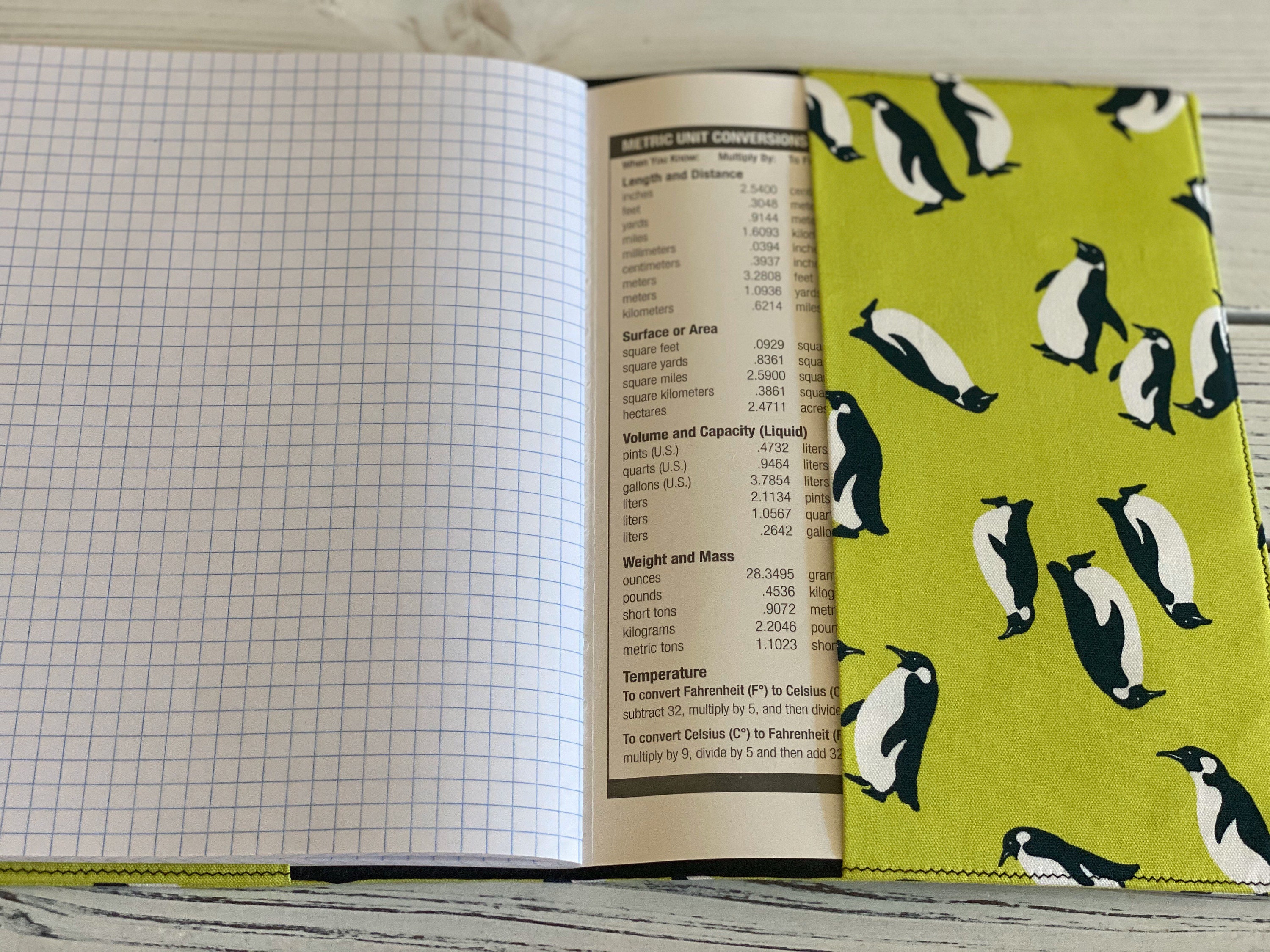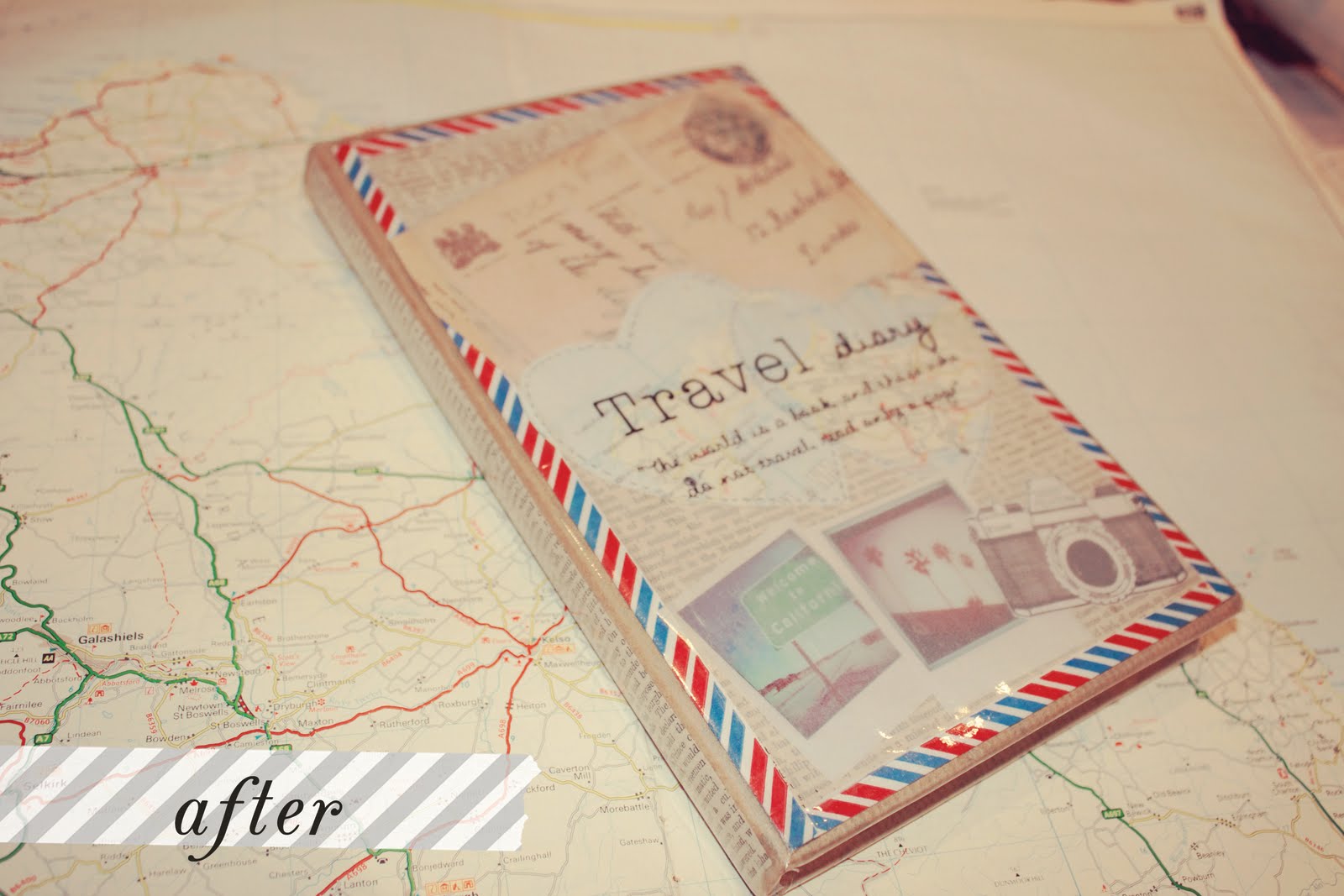

I like using an architect ruler because it sits flat on the table and I can look straight down on the measurements and see exactly where I need to make my mark. If you’ve never cut with a blade before, here’s a quick tutorial: First, mark the measurements with a ruler and pencil. Once the long edge was straight I cut the piece to 9 ½” x 18″. You can also do this with a regular ruler, but a quilting ruler makes the task super fast. After washing the piece I noticed the edges were no longer even, so I squared them up with a 24″ quilting ruler. Tex: You can trim the material with a scissor, but I like my edges even, and I’m not great with cutting a perfectly straight line.Tex take on different textures.Ĭutting the Kraft.FYI, I was able to paint, stamp, stencil, and draw on the washed material without a problem. If you like the look of faux leather and want a funkier looking book, wash it. If you want to incorporate image transfers and have a nice, unblemished surface to work on, don’t wash it. Tex that has not been washed (A), that has been machine washed and air dried (B), and that has been machine washed, machine dried, and ironed (C).Left unwashed it’s stiffer and smoother, but it does soften up with use. Tex: Washing the material makes it softer and more wrinkled, making it resemble leather.Here’s a quick recap on washed versus unwashed Kraft Quick tip: Don’t cut the material to size before washing, since it can change shape slightly in the process. So note the grain direction before washing. I decided to wash, machine dry, and iron the material before working with it, and I noticed that the grain was less apparent after washing. Tex with the grain running parallel to the short side.The book will be folded and unfolded as it’s opened and closed, but the pocket fold stays stationary, so I recommend cutting the Kraft This project requires horizontal and vertical folds for the book itself and the pockets.

Quick tip: Most handmade papers don’t have a grain and can be folded in any direction.

#TRAVEL JOURNAL COVER CRACK#
When you fold paper against the grain, it can buckle and crack and eventually tear if you frequently fold and unfold it. This is the way the paper fibers line up. The direction that bends more easily is the grain direction. You can determine paper grain by bending a piece of paper into a U-shape one way, turning it one turn, and then bending it again.
#TRAVEL JOURNAL COVER HOW TO#
This post covers how to make and decorate the cover, which is made of Kraft Welcome back to our first Cloth Paper Scissors Create Along! So glad you’ve joined me for Part Two of our three-part series, in which we’re making a travel journal inspired by Dea Fischer’s project in the September/October issue of Cloth Paper Scissors.


 0 kommentar(er)
0 kommentar(er)
